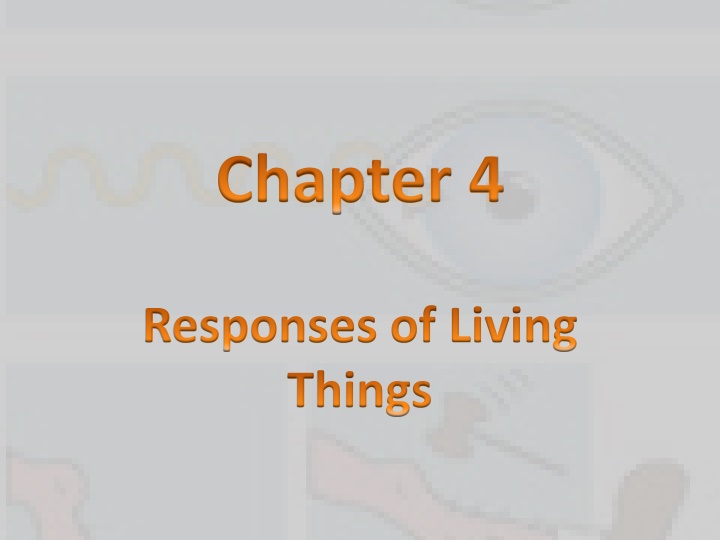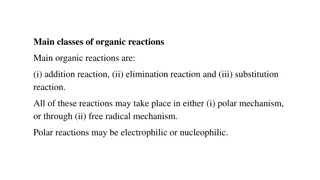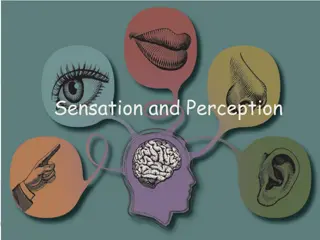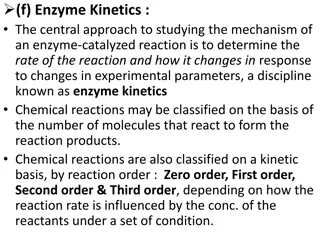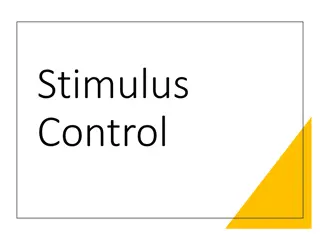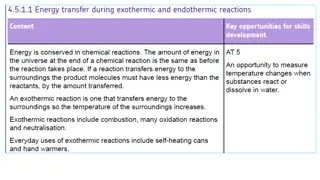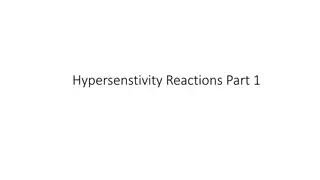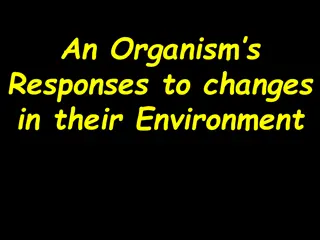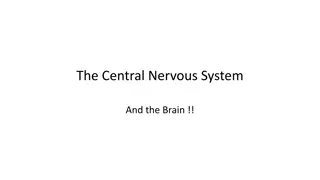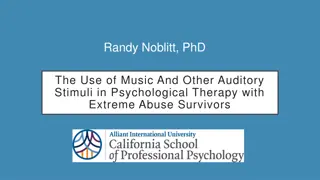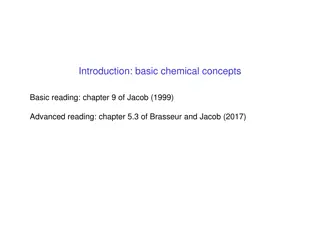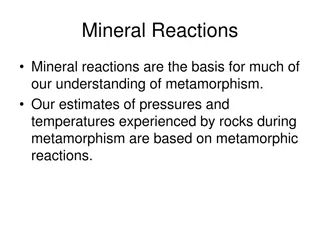Responses of Living Things: Environment, Stimuli, and Reactions
Explore how living things respond to their surroundings through external and internal stimuli. Learn about inherited and learned behaviors, including instincts and learned behaviors. Delve into examples of responses to stimuli in different organisms.
Download Presentation

Please find below an Image/Link to download the presentation.
The content on the website is provided AS IS for your information and personal use only. It may not be sold, licensed, or shared on other websites without obtaining consent from the author.If you encounter any issues during the download, it is possible that the publisher has removed the file from their server.
You are allowed to download the files provided on this website for personal or commercial use, subject to the condition that they are used lawfully. All files are the property of their respective owners.
The content on the website is provided AS IS for your information and personal use only. It may not be sold, licensed, or shared on other websites without obtaining consent from the author.
E N D
Presentation Transcript
Chapter 4 Responses of Living Things
1. environment- Everything that surrounds a living thing
5. stimulus- anything that causes a living thing to react
2. external stimulus - Anything in an organism s environment that causes it to react
4. response- a reaction to a stimulus
3. internal stimulus- anything within an organism that causes it to react
Notes 1. Shivering and putting on a sweater are an example of responses to cold. 2. A snake s forked tongue helps it to smell. 3. Sea otters find food by being able to detect vibrations using their whiskers. 4. An example of internal stimuli is hunger pains. 5. For a moth, the sound of a bat is an external stimulus. 6. All living things react to their surroundings. 7. Many animals have 5 senses. They are sight, hearing, touch, taste, and smell. 8. Echolocation is a form of detection using sound waves. Bats and dolphins use echolocation. 9. Plants and animals react to both external and internal stimuli. 10. Plants react to stimuli even though they do not have 5 senses.
Lesson 2: Inherited and Learned Behavior Key Vocabulary
4. Learned behavior- A behavior that is taught of learned from experience
3. instinct- A complex pattern of behavior that organisms of the same type are born with
2. Inherited behavior- a behavior that an organism is born with and does not need to learn
1. behavior- The way that a living thing acts or responds to its environment
Notes 1. Some animals hibernate, or go into a deep sleep, during the winter months when food is scarce. 2. Birds, whales, fish, and insects migrate, or move to another area, when it gets colder. 3. A reflex is a simple automatic inherited behavior. 4. As animals interact with their environment, they learn new behaviors. 5. Examples of learned behaviors are riding a bike, grooming each other, playing the piano, cooking, reading, speaking, and writing. 6. People and some animals can learn different behaviors. 7. Examples of an instinct are making a web, turtles moving toward the ocean after birth, hibernating, migrating, and building a certain kind of nest. 8. Learning different behaviors can help an organism survive.
